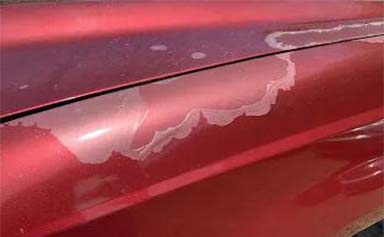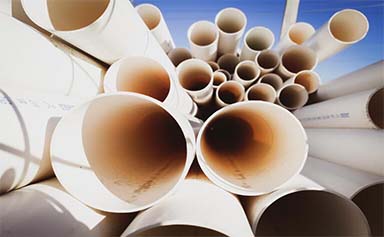

UV testing, also known as ultraviolet aging testing, simulates the UV spectrum of sunlight to assess the weather resistance of materials under conditions such as high temperature, high humidity, condensation, and dark cycles. This test evaluates whether materials exhibit phenomena like discoloration, loss of brightness, reduced strength, cracking, peeling, chalking, and oxidation through the cyclical interaction between ultraviolet light and moisture, providing a comprehensive assessment of the material's weathering performance.

UV testing mainly uses a UV aging test chamber to simulate the UV spectrum of sunlight. By controlling the irradiance of UV fluorescent lamps and the moisture environment, the test can simulate the damage a material might experience outdoors over months or even years within just a few days or weeks. UV lamps effectively simulate the short-wave UV range of sunlight, and the spectral distribution can be precisely controlled to match the solar spectrum, allowing for accelerated aging. Unlike other types of lamps, the spectrum of UV lamps does not change over time, offering inherent spectral stability, which improves the repeatability and reliability of test results.

In general, primary photochemical reactions are not sensitive to temperature changes, but as temperature increases, the reaction speed accelerates. Therefore, temperature control is crucial in UV exposure tests. It’s important to match the accelerated test temperature with the maximum temperature the material encounters in real-world applications. In UV testing equipment, the temperature can be set anywhere from 55°C to 85°C, depending on the light intensity level and the ambient temperature. As temperature rises, moisture-induced material degradation increases rapidly. Hence, controlling temperature during wet exposure is a fundamental requirement. For accelerated effects, high temperatures must be maintained during wet exposure. The condensation process temperature in the equipment can be set anywhere from 45°C to 65°C. Thus, precise temperature control is critical for ensuring the accuracy and reliability of test results.
Why Perform UV Testing
Some outdoor products are exposed to sunlight for extended periods, making it essential to conduct tests for yellowing resistance and aging resistance. To understand the product's outdoor lifespan, UV aging simulation tests, or UV testing, are necessary. Since UV testing in the lab is more intense than outdoor sunlight, these tests allow for a shorter testing period, providing insights into the product's outdoor performance in a reduced time frame.
One of the primary advantages of UV testing is its ability to simulate realistic outdoor moisture conditions and their damaging effects on materials. Statistics show that materials outdoors are subjected to moisture for at least 12 hours daily, mainly in the form of condensation. Therefore, in UV aging tests, a special condensation principle is used to replicate the outdoor moisture environment.
UV testing is primarily used to assess the aging and weather resistance of non-metallic materials such as paper, inks, coatings, leather, paints, resins, plastic materials and products, rubber materials and products, adhesives, prints, textiles, packaging materials and products, cosmetics, pharmaceuticals, and industries like automotive and motorcycles.



 English
English русский
русский français
français العربية
العربية Deutsch
Deutsch Español
Español


